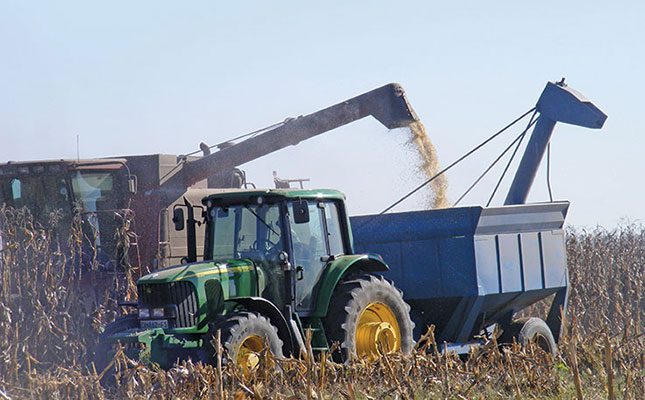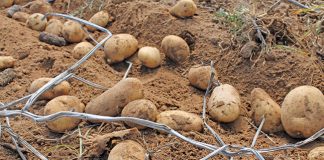
September tractor sales declined by 8% to 715 units year-on-year, whereas year- to-date sales were about 5% down on last year at 6 127 units, according to the latest statistics of the South African Agricultural Machinery Association (SAAMA).
Eighteen combine harvesters were sold in September, one more than in September last year, with year-to-date sales now being 38% more than last year at 401.
Tallie Giessing, chairperson of SAAMA, told Farmer’s Weekly that combine harvester sales were still high because of purchases made over the past year that have only been delivered now.
Overall, he said, machinery sales were high during the first half of the year, but were expected to be more subdued for the rest of the year. He ascribed this to various factors. Firstly, the high machinery replacement rate over the past few years has resulted in many farmers no longer having to invest in new machinery. The harvesting season has also ended in most parts of the country.
Along with this, the currency exchange rate is driving up prices, while machinery purchases also compete with other investments, such as into solar energy to alleviate the impact of load-shedding on production.
Wandile Sihlobo, chief economist at Agbiz, agreed: “The 2022/23 maize harvest might be estimated at 16,4 million tons, making it the second largest on record, and soya beans at a record 2,8 million tons, but farmer income is under pressure because of high input costs, lower commodity prices and the high interest rate.”
The industry forecasts tractor sales to be 10% to 15% lower than last year’s record sales of over 9 000 units. Giessing pointed out, however, that at about 8 000 units this would still be way above the industry’s five-year average of 6 500 units.
Combine harvester sales are expected to be between 10% and 20% up on last year’s 373 units, which was the highest sales figure since 1985.











